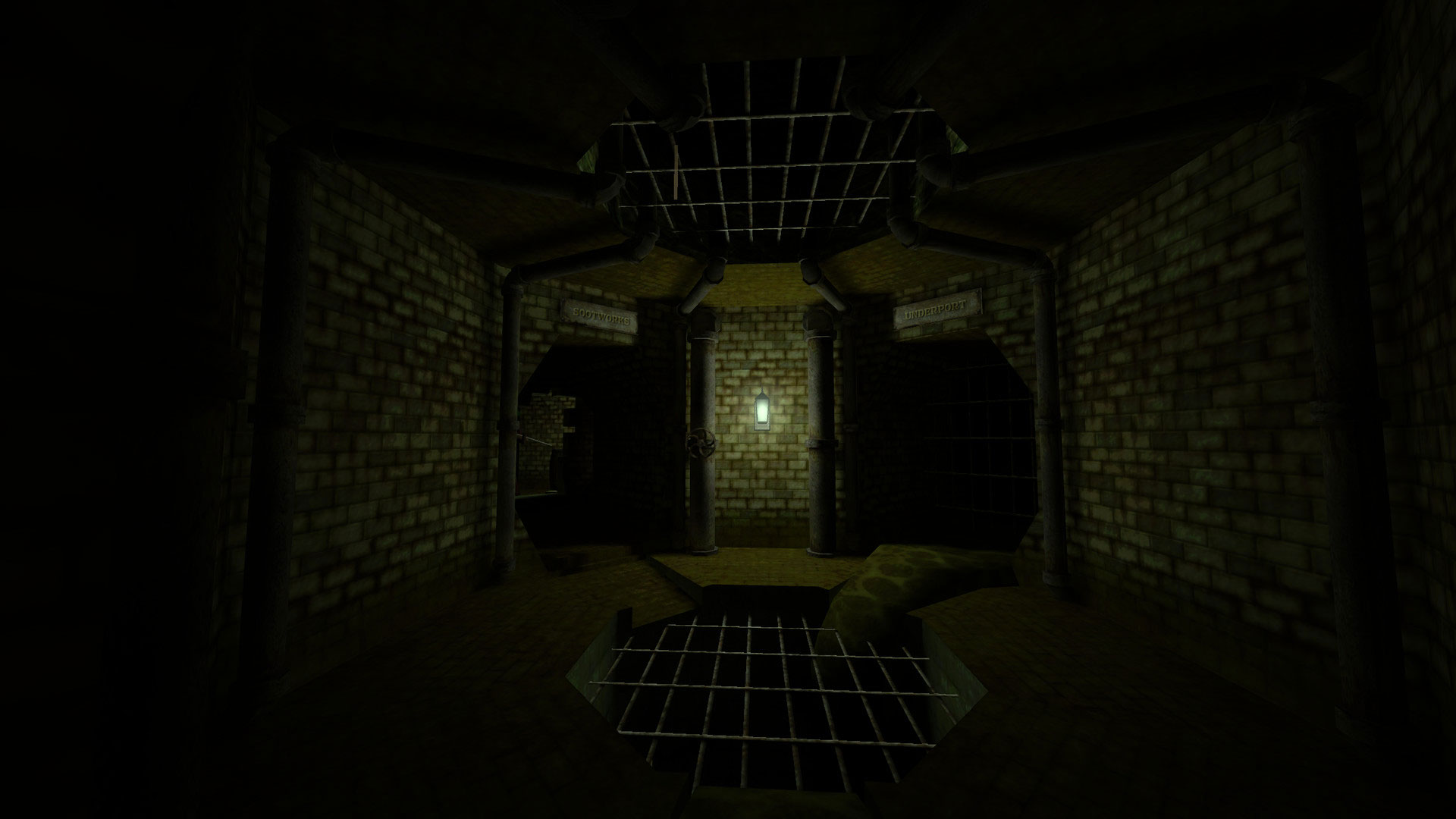

That said, the basic revolver is great in a pinch but takes two headshots to quickly down a basic hunter or dog. You’re also slower with your weapons drawn, so it’s risky but preferable to keep them holstered while stealthing about. Now talking of firearms – they’re powerful and easy to use but limited ammunition and inventory space keep things in check. If you alert a hunter, you can dance around a single melee enemy and drop them with your blade but, more often than not, you’ll draw nearby enemies or alert those with firearms. For those that enjoy silently dispatching foes and hiding their corpses in the shadows, Gloomwood has you covered. Finding alternate paths is also easier as the protagonist can jump, mantle ledges, climb ropes, and swim with relative ease.ĭirect combat is rarely a good idea and the emphasis is clearly on distracting foes or exploiting patrol paths to sneak up behind and unleash an insta-kill charged cane blade attack. Stealth is still encouraged and relies on staying in the shadows, peeking around corners, and keeping quiet, however – even on the “Full Moon” difficulty currently available – you move fast enough while crouched to gain on patrolling enemies, only need to use the “sneak” modifier for loud surfaces, and coloured, directional “eye-glow” – think mini vision cones – gives you far more information about the AI state. Make no mistake, Gloomwood relies on nostalgic sensibilities and comforting familiarity, but a quick trip to GOG and a reinstall of several iconic games from Looking Glass Studios was enough to highlight the modernized gameplay elements and visual elements. The good news is that it’s not all about sneaking around at insufferably slow speeds, nor is the combat as stat-based and disconnected as in System Shock 2. The gameplay is best described as a blend of Thief’s stealth, with System Shock 2’s combat, a dose of Lovecraftian weirdness, and some strong hints of Resident Evil 4 when it comes to the setting and atmosphere. Party like it’s (mostly) 1999Īt first glance, Gloomwood looks and plays just as you’d expect from a late ‘90s or early ‘00s first-person immersive sim, beholden to the limitations of early 3D game engines. It remains to be seen whether these abilities have any bearing on the narrative, or if I’m overthinking things, but they ensure the gameplay feels refined and as varied as the genre demands. This kicks off about 3-hours’ worth of classic immersive sim-ing as you discover the good doctor – presumably there to investigate a plague – is remarkably nimble and strong, lethal with a cane blade, and proficient with several firearms. A mysterious benefactor releases you from your cell, grants you a ring that functions as a handy light meter, and tells you to make for the lighthouse further up the coast. A group of cultish hunters, who seem to be kidnapping people for ransom and/or murder, are about to deliver him to a “client” in the town square.

You play as a “doctor” – presumably the medical kind – who wakes up in a bloody pit in a rundown fishery. Gloomwood keeps the narrative elements vague and slowly doles out titbits to the player through rare NPC encounters and scattered notes. Hell, aside from some expected early access jank, my only concern for Gloomwood is how that unerring authenticity will be received by a broader audience.

I bring up those two classic titles as Gloomwoodwas clearly developed for an audience that knows what they want and already has a good idea of what they’re likely to get.

Gloomwood is fantastic… but I say that as someone who is part of the target audience – an immersive sim fan that first cut their teeth on System Shock 2 and Thief II.


 0 kommentar(er)
0 kommentar(er)
